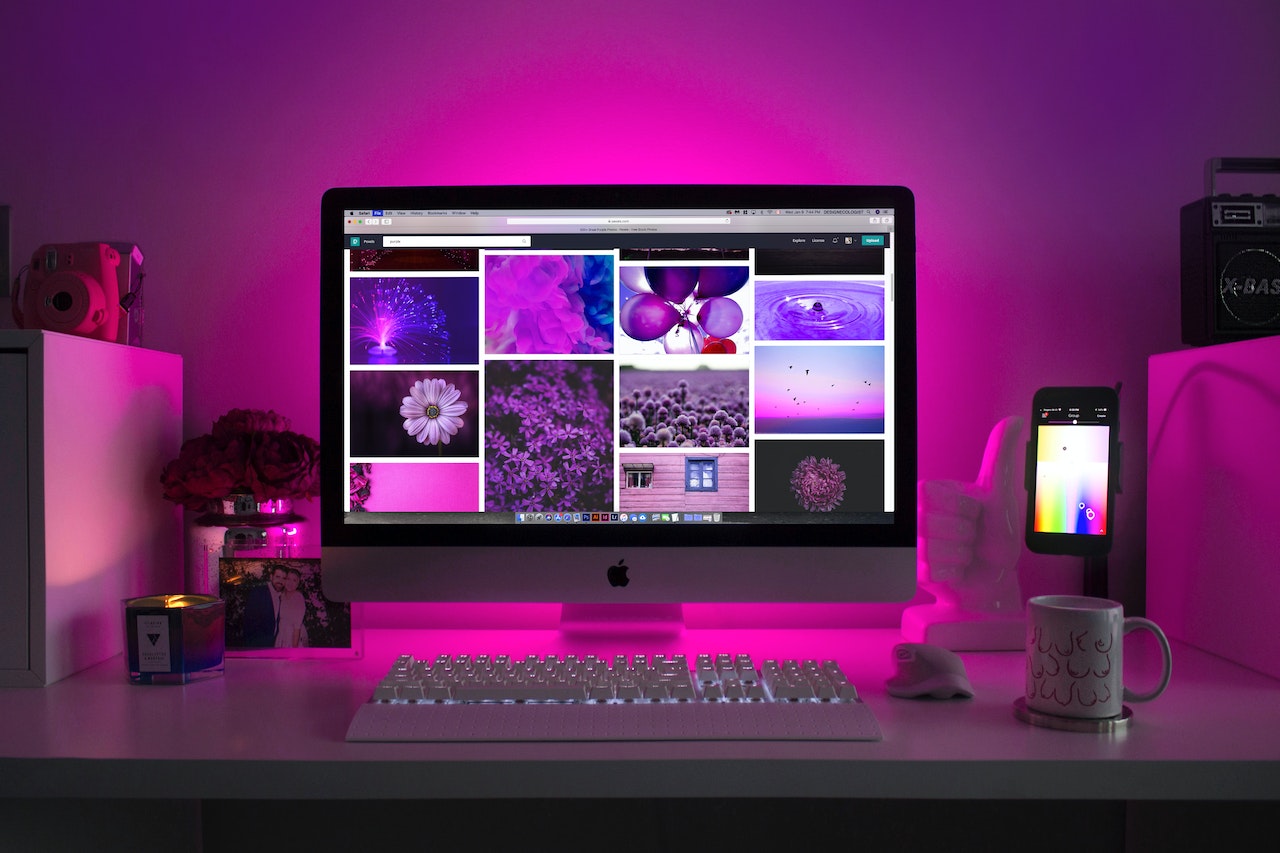Embracing the Future of Digital Aesthetics
In today’s fast-paced digital era, website design trends continue to evolve at a rapid pace. As technology advances and user expectations increase, designers are constantly pushing boundaries to create innovative and engaging online experiences. From bold visuals to interactive elements, this article explores the top modern web design trends that are shaping the future of digital aesthetics.
- Minimalism with a Twist:
Minimalism remains a dominant trend in modern website design, but it has evolved with a twist. Web designers are incorporating bold typography, vibrant colour schemes, and strategically placed micro-interactions to add depth and visual interest to minimalist layouts. This approach keeps websites clean and clutter-free while injecting personality and enhancing user engagement.
- Dark Mode Delight:
Dark mode has gained significant popularity over the past couple of years, providing a sleek and elegant alternative to traditional light-themed websites. Its high contrast, energy-saving properties, and immersive feel make it an appealing choice for both users and designers. Incorporating dark mode elements can elevate the overall user experience and lend a touch of modern sophistication to web design.
- Futuristic and Abstract Graphics:
To captivate visitors and leave a lasting impression, web designers are experimenting with futuristic and abstract graphics. By employing vibrant gradients, asymmetrical layouts, and bold geometric shapes, websites can convey a sense of innovation and forward-thinking. These elements add a touch of uniqueness and intrigue while enhancing visual appeal.
- Immersive Multimedia Experiences:
Modern website design trends are embracing rich multimedia experiences to engage users on a deeper level. From cinemagraphs and looping videos to interactive 3D elements and virtual reality (VR) integration, designers are leveraging technology to create captivating and immersive experiences. These multimedia elements effectively communicate brand stories and offer visitors a memorable journey through the website.
- Microinteractions for Engagement:
Microinteractions are subtle yet powerful design elements that enhance user engagement and create a sense of delight. These small, interactive animations or feedback mechanisms respond to user actions, providing instant feedback and improving the overall user experience. By incorporating microinteractions into various elements, such as buttons, menus, and hover effects, designers can inject life and personality into websites.
- Voice User Interface (VUI):
With the rise of smart speakers and virtual assistants, voice user interfaces (VUI) have become increasingly relevant in web design. By incorporating voice search capabilities, voice-guided navigation, and voice-activated commands, websites can provide a seamless and hands-free user experience. VUI integration not only enhances accessibility but also aligns with the growing preference for voice-activated interactions.
- Customised Illustrations and Hand-Drawn Elements:
To differentiate themselves from the competition, brands are turning to customised illustrations and hand-drawn elements in their website design. These unique visuals can bring a human touch, convey brand personality, and evoke emotional connections with visitors. Custom illustrations allow for creative storytelling and enable brands to stand out in a visually saturated digital landscape.
Conclusion:
The world of web design is an ever-evolving landscape, and staying abreast of the latest trends is crucial for designers seeking to create memorable online experiences. From minimalism with a twist to immersive multimedia journeys and VUI integration, modern website design trends offer exciting possibilities for captivating visitors and achieving business objectives. By leveraging these trends, designers can embrace the future of digital aesthetics and create visually stunning websites that leave a lasting impact.
